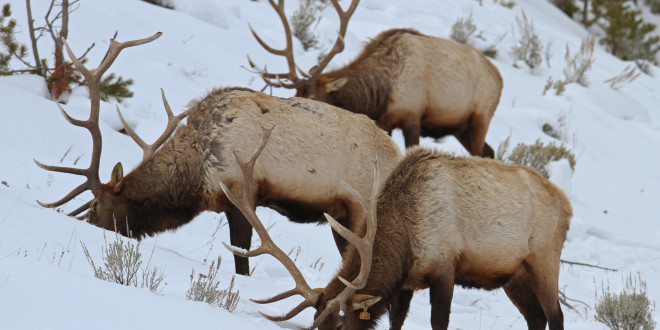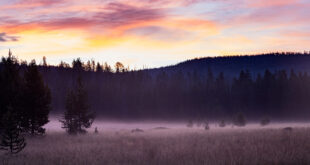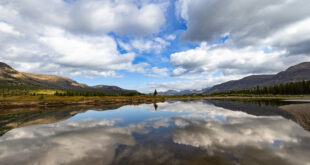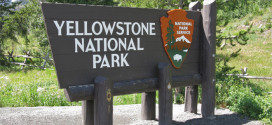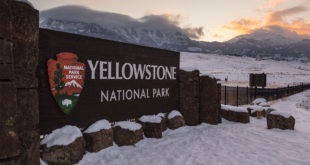More and more elk are migrating out of Yellowstone National Park in the winter, according to one Montana Fish, Wildlife and Parks official.
“It used to be about one-third of the elk migrated out,” said John Vore, Game Management Bureau chief for Montana Fish, Wildlife and Parks, to the Billings Gazette. Now, the Gazette reports, the count numbers around 80 percent:
The elk are members of the Northern Range herd, which spends its summers spread out across the northern tier of Yellowstone National Park’s 2.2 million acres. The herd is one of six to eight populations that migrate in and out of Yellowstone. The other three main groups are the Cody, Jackson and Clarks Fork herds in Wyoming. The Park Service estimates about 10,000 to 20,000 elk use the park for summer grazing.
During last year’s annual count of the Northern Range herd, wildlife biologists tallied 4,844 elk. Of that total, only 23 percent — or 1,130 of the herd — were found inside Yellowstone. The other 77 percent — 3,714 elk — were counted north of the park in places like Montana’s Dome Mountain Wildlife Management Area and Dailey Lake at the southern end of Park County.
“There’s a really distinctive trend, a pretty steady drift” of elk out of the north side of the park, said Karen Loveless, an FWP wildlife biologist based in Livingston. “In 2000, 24 percent of the herd came out of the park. In 2013 it was 77 percent and there’s been a steady rise. I am not going to be surprised if it is more this year.”
As to why elk are migrating en masse out of the Park in winter, there are several possible explanations. The FWP has been limiting hunting around the region just north of Yellowstone. This year, for instance, the FWP announced it was limiting the number of permits issued for hunting district 313. In addition, the Park has seen less precipitation, combined with wildfires and a shifting winter season. It’s possible the uptick in wolves (according to this year’s wolf report) is a contributing factor; indeed, since wolves were reintroduced in 1995, elk numbers have gone down. The increased presence of bison could be a contributing factor as well, although bison are also prominent migrators, which sometimes causes managerial headaches among IBMP stakeholders.
Regardless, the changing pattern of elk migration outside Yellowstone National Park is having a marked effect on the Greater Yellowstone Region, according to the Wyoming Wildlife Initiative. From the Gazette:
The Wyoming Wildlife Initiative’s researchers have also found that some elk are choosing not to migrate into the park in the summer, instead preferring the relatively predator-free environment outside the park and access to irrigated farm fields for food. Those elk have abandoned their migratory ways, causing problems for farmers, ranchers and wildlife management agencies.
Unlike some of those Wyoming elk, though, Loveless said she’s not seeing elk that migrate into Montana’s southern Park County from Yellowstone choosing to take up residence.
“We don’t have a lot of them that stay,” she said.
Because elk gather in larger herds in open areas in Montana during winter counts, compared to smaller groups hiding in the trees inside Yellowstone, Utah State University is conducting a two-year study about whether biologists are simply undercounting elk in Yellowstone because they are harder to see. The 2015-17 “elk sightability study” could give biologists better estimates of how many elk are missed during annual counts.
Elk management in the area, because of the high-profile population, has been a continually evolving process for Montana and the Park Service. Decades ago, the Park Service culled the elk herd and even herded them out of the park toward awaiting Montana hunters into what was called “the firing line.”
 Yellowstone Insider Your Complete Guide to America's First National Park
Yellowstone Insider Your Complete Guide to America's First National Park
